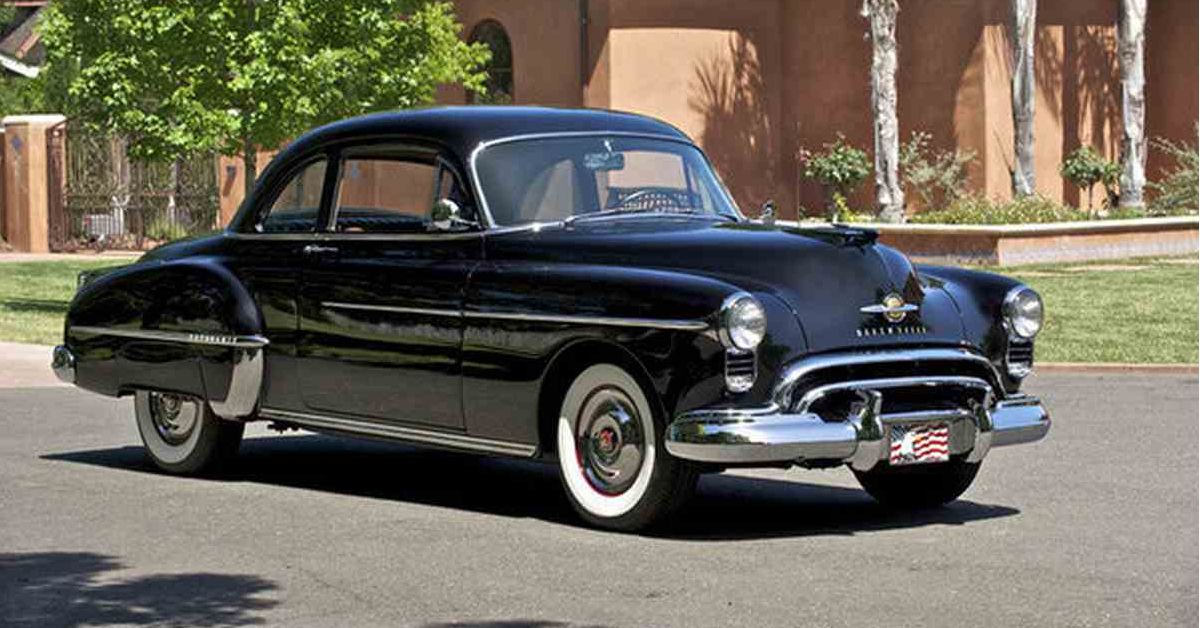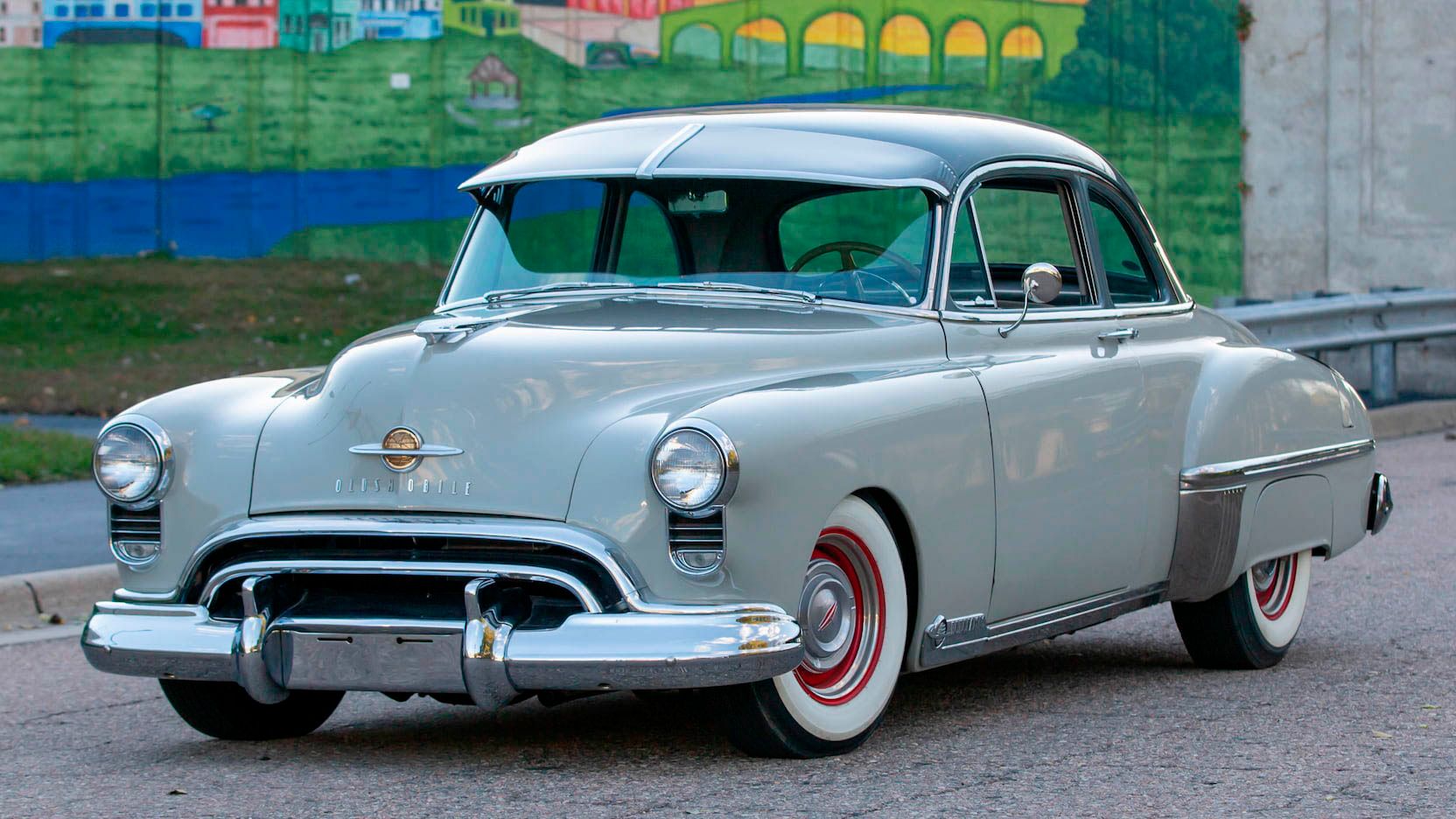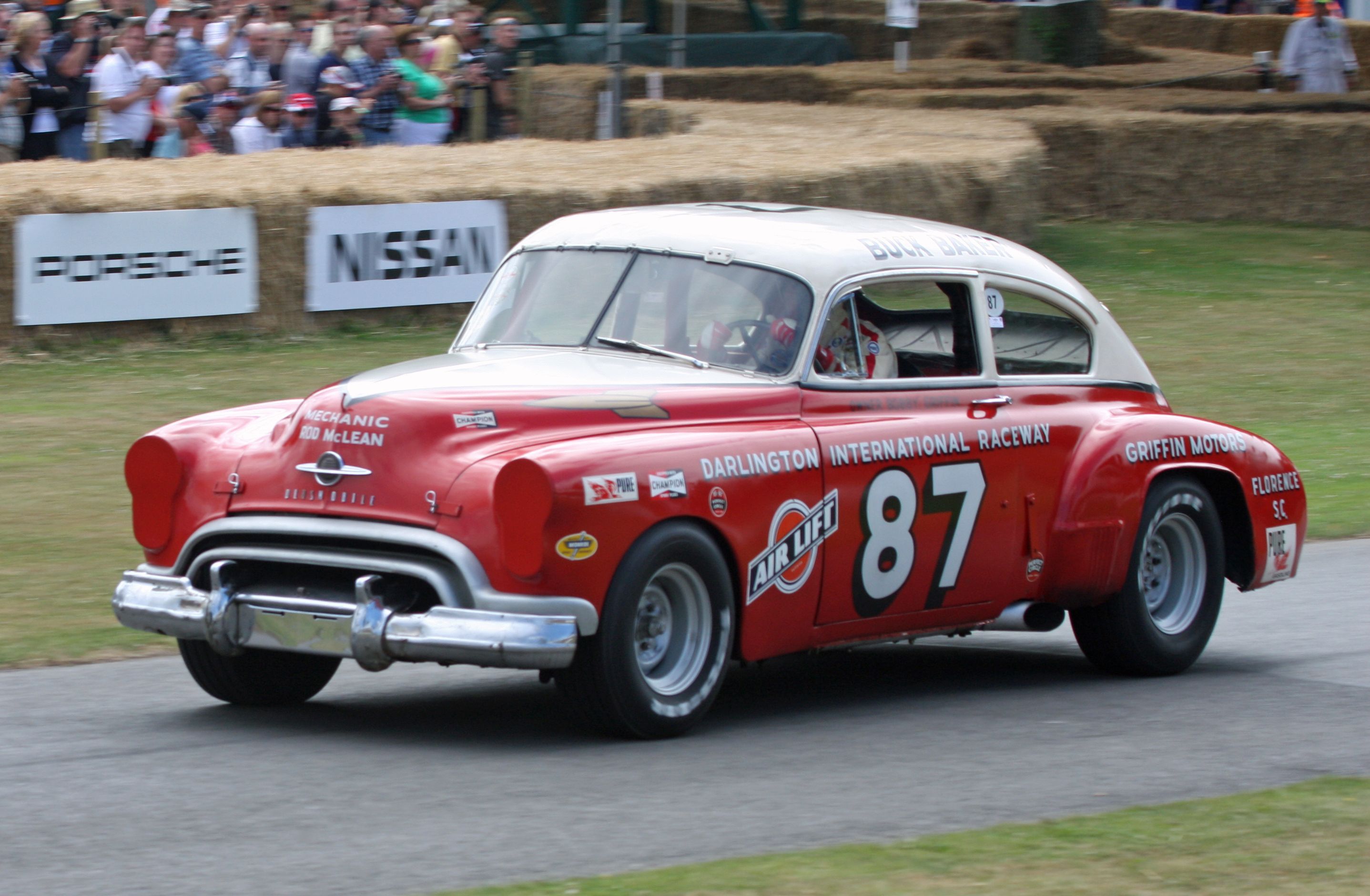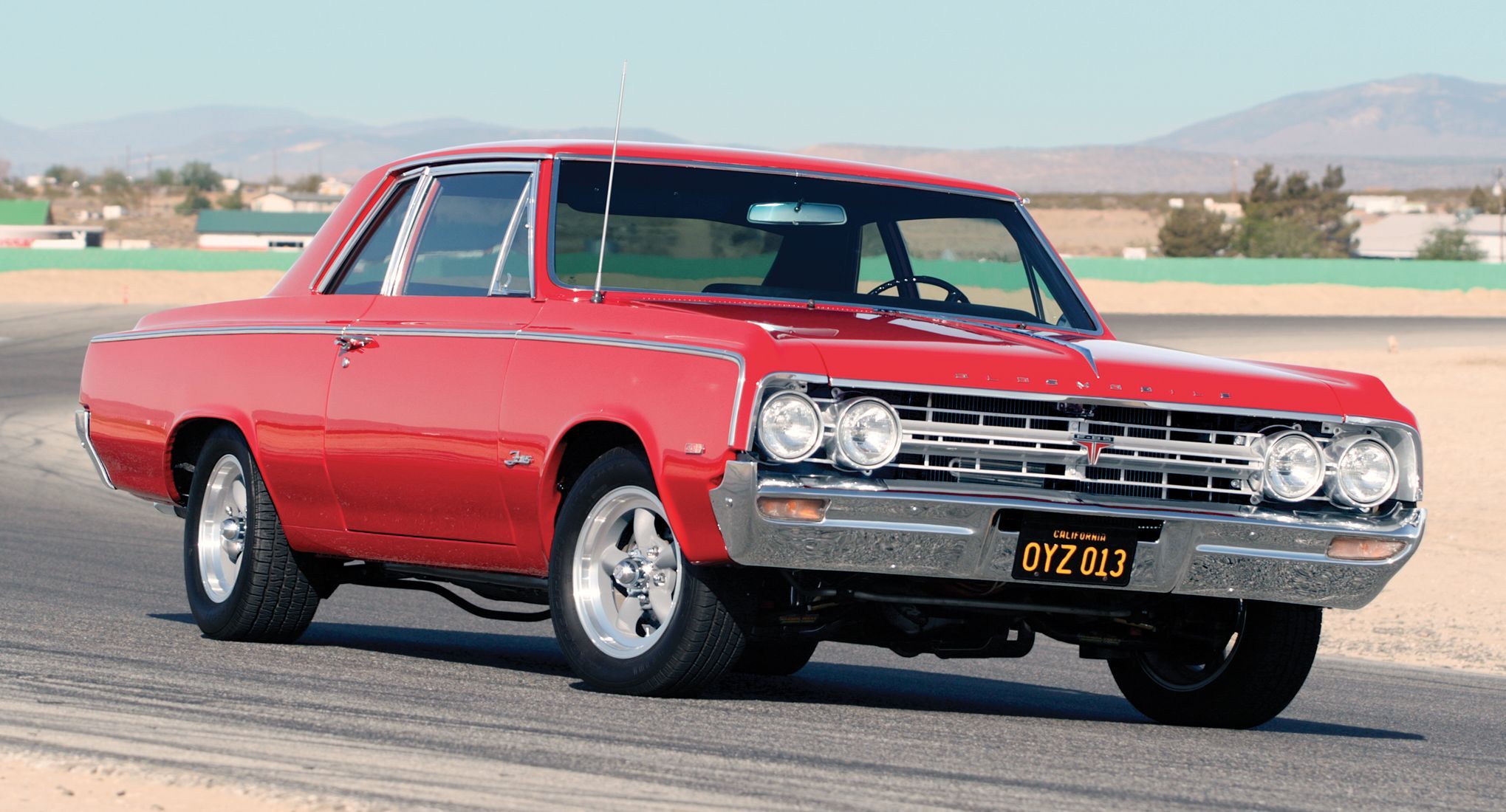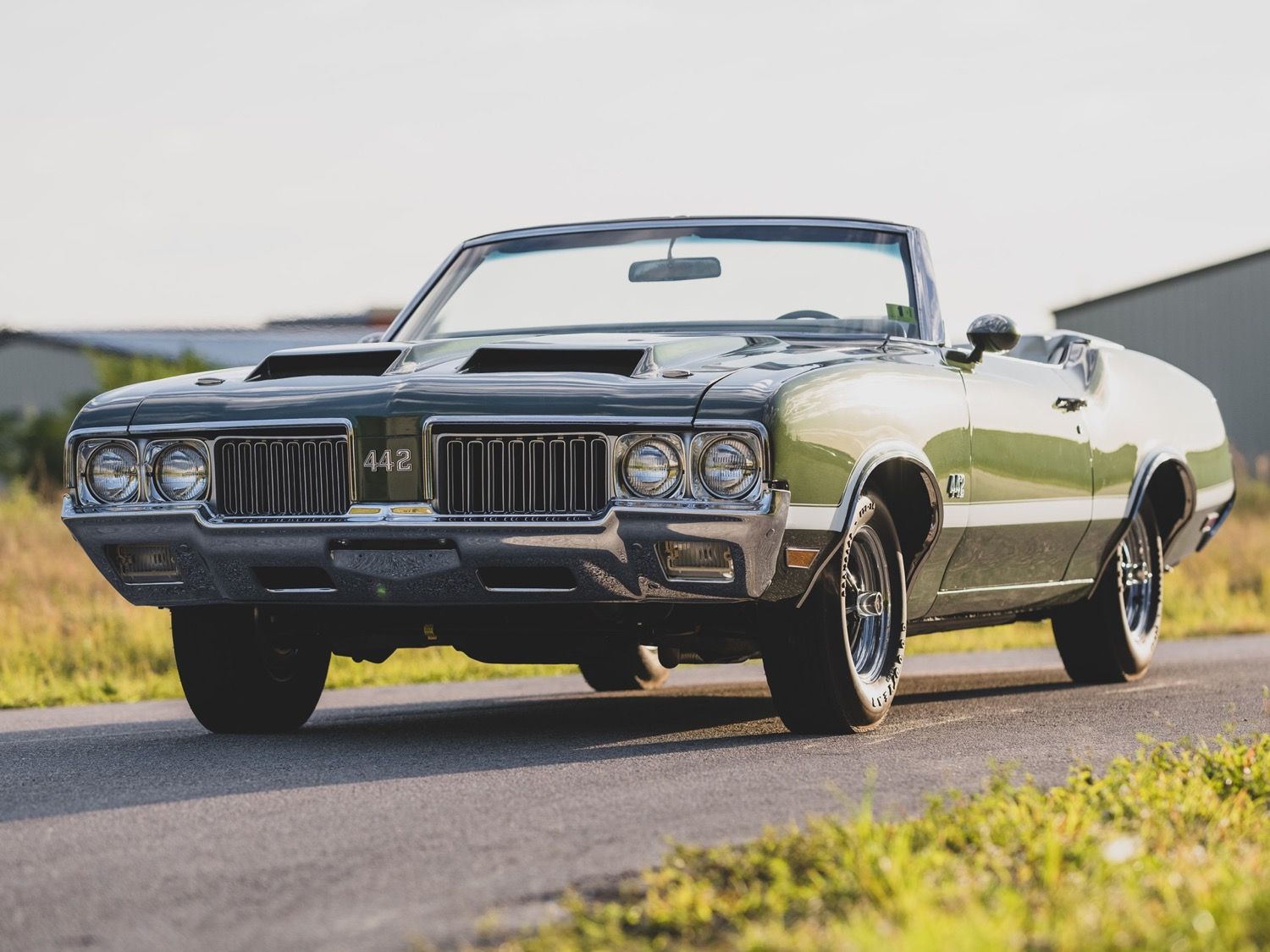When we think back to the muscle car era of the 1960s and early-70s, we tend to think of a few iconic models that still get high praise and even higher restoration bills nowadays. Cars like the Ford Mustang, the Chevy Chevelle SS, the Pontiac GTO, the Dodge Charger, and the Plymouth Barracuda are some of the usual suspects, but for some reason, most of us who haven’t yet reached retirement age seem to gloss over GM's Oldsmobile, the once-great American nameplate that effectively kick-started the muscle car craze a decade before it started to take shape.
This could be for a few reasons, least of which the fact that Oldsmobile had been on the decline since the mid-1980s and by the time it was axed in 2004; its cars had become so anonymous and forgettable that it may as well have died a long time ago. But Olds wasn’t always like that, and some of the cars from the brand’s prime were seriously good muscle cars.
They were also some of the first muscle cars. When Olds launched the “Rocket” overhead valve V8 engine in the late 1940s, the V8 genie had well and truly vacated his bottle. It was picked up by hot-rodders and racers and soon enough, manufacturers competing with Oldsmobile started working on their own OHV V8s. You could argue that that engine alone is responsible for the true start of the muscle car wars.
But there's more to the story than just an engine. This is how Oldsmobile effectively started the muscle car wars.
Win On Sunday, Sell On Monday: The 1949 Oldsmobile Rocket 88
The phrase "Win on Sunday, sell on Monday" has become synonymous with a number of racing series that ran modified versions of road cars that ordinary people could buy. Nowhere was this more evident, at least in America, than in NASCAR. Back when "stock car" actually meant something and the cars you saw tearing around oval circuits looked a lot more like the cars you could buy from a dealership, unlike the tube-frame and fiberglass behemoths racing in "stock car" racing now.
But we can trace the idea that that phrase presents - the winning car will sell better than the rest - back to 1949, when Oldsmobile launched the 5.0l "Rocket" V8 engine in the 88 coupe, thus creating the "Rocket 88," a car name so good Ike Turner wrote a song about it in 1951.
Crucially, the Rocket V8 was an overhead valve design, which gave it much more power and efficiency than the "flat-head" V8s that most other manufacturers were using at the time. The engine had much higher compression than most, giving it massive performance potential, which, paired with the lightweight of the Oldsmobile chassis, "rocketed" the '49 Olds to the front of the grid in NASCAR, winning six races in 1940, ten in 1950 and a staggering 20 race wins in 1951 before the competition began to catch up.
It wouldn't take long before other manufacturers took notice of the performance potential that this engine design provided. Chrysler launched its iconic HEMI V8, so named for its hemispherical combustion chambers, in 1951 and General Motors bestowed upon us the legendary Chevy small-block V8 in 1955, an engine that has lived on for nearly as many decades as it has cylinders. You can still buy a brand new one from GM if you're so inclined.
Were it not for the Rocket 88 and its groundbreaking performance in stock car racing, it's likely that other manufacturers would have come up with the same idea, and made it work to their own benefit. But Oldsmobile got there first, and, well, you know the line about winning by an inch or by a mile...
The Olds Recipe: 4-barrel carburetor, 4 speeds, 2 exhausts
Oldsmobile was not going to rest on its laurels after the early success of the Rocket V8. Its competition soon caught up and eventually overtook it as the 1950s drew to a close. So, for 1964, Olds was going to do it all again.
Pontiac beat them to the punch by launching the "GTO" package for the LeMans in 1963, but before Ford could launch the world-beating Mustang in '64, Oldsmobile put out the "4-4-2" package for its F-85 and Cutlass coupes.
You might think that 4-4-2 refers to the size of the engine in cubic inches, which was a common thing to advertise with special trim levels at the time, but it actually refers to three stats you'd find on the car: a 4-barrel carburetor, a 4-speed manual transmission, and 2 exhausts.
For the first year, the 4-4-2 package got you a 5.4l, 310 horsepower V8, which would grow to a massive 6.6l and 345 horsepower in 1965. From there, the car evolved and changed until "442" lost both its status as a package option and its hyphens as Oldsmobile turned it into its own model in 1968.
The reason the hyphens went away wasn't to save a few cents' worth of metal from every car during production, rather it was because there were more engine and transmission options available in the 442, but the name carried enough weight for Olds to continue to use it as the premiere performance badge. Oldsmobile used the "442" name for special edition Cutlasses all the way until 1991 when the front-wheel-drive Cutlass Calais was discontinued.
The 442 was a strong competitor in the muscle car battlegrounds of the 1960s and 70s. It earned its place in the market by being more comfortable than a Pontiac, more prestigious than a Chevy, and a touch faster than a Buick.
GM had so many brands at the time that it was too busy competing with itself to notice the directions its competition was taking, but the 442 was nonetheless a popular car, appreciated in its day and desirable even now. Hagerty Insurance estimates that 1968 models, some of the most sought-after examples, are worth around $25,000 USD.
By the way, it's pronounced "four-four-two," not "four-forty-two," if you want to be sure that classic car enthusiasts won't gut-chuckle at you the next time you see one at a cruise night.

